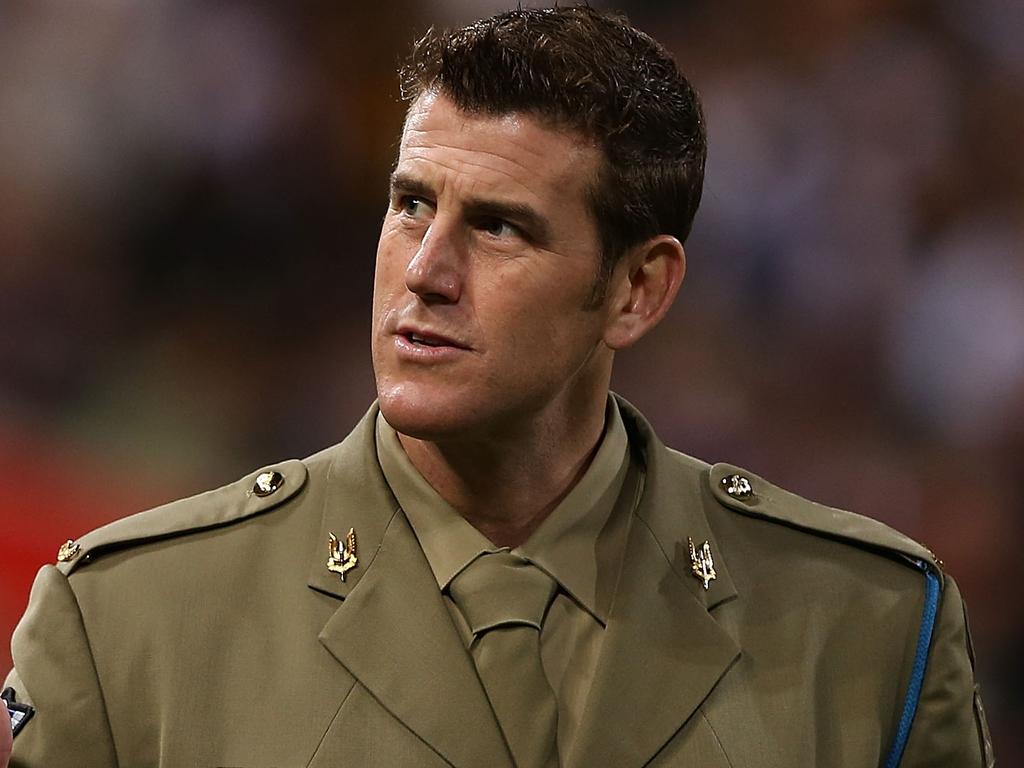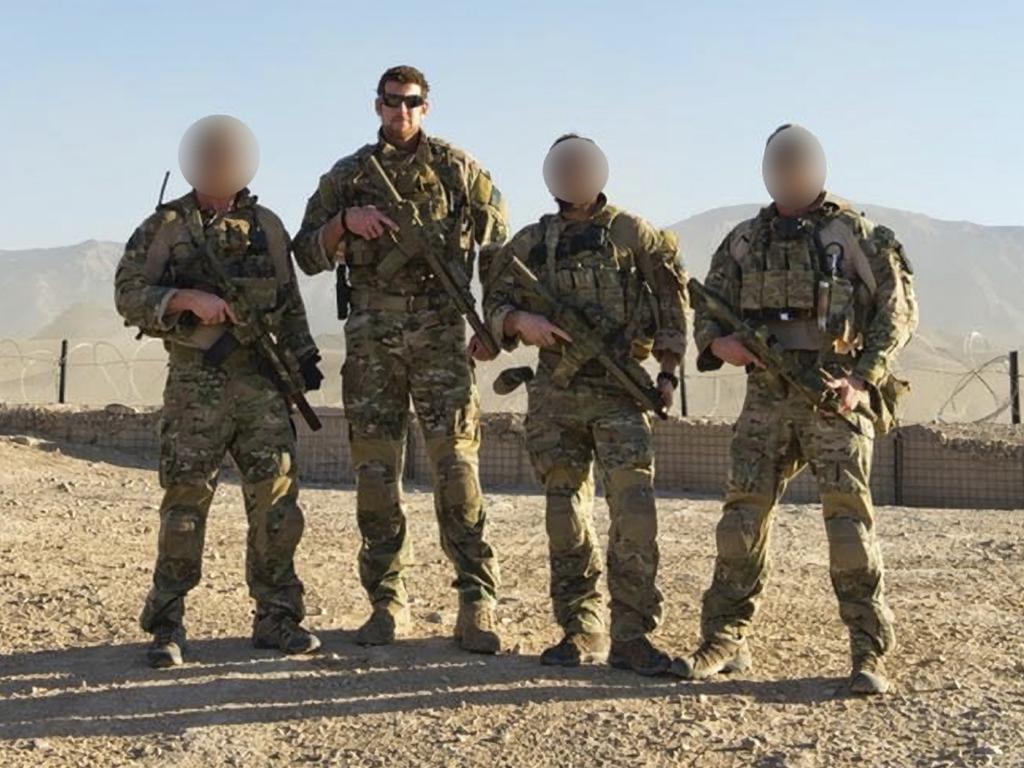Fallen hero Ben Roberts-Smith tells the good and bad of our war story

The ramifications of Besanko’s ruling will take perhaps years to unfold, but we might reflect on how it bears upon how Australians understand their war history, taking the long view rather than indulging a hasty reaction.
Should Roberts-Smith be stripped of his Victoria Cross? Despite Besanko’s damning finding, it would be unwise to act prematurely. Eight VCs lost their medals, all after criminal convictions. Roberts-Smith is surely already one of the soldiers who may face charges arising from the 2020 Brereton report, which found credible allegations of war crimes. If that process results in a criminal conviction, then there would be every reason to strip him of a decoration whose recipients should be beyond reproach. Until then, he remains Ben Roberts-Smith, VC, though still found to be culpable of actions betraying the values Australians expect their troops to uphold. We should be wary in casting aspersions: his lawyers are even now probably jotting “trial by media” in their notes for an appeal.
This judgment is unprecedented, but other Australians have killed unlawfully in war. In 1902 Harry “Breaker” Morant and Peter Handcock were found guilty of murdering Boer civilians, and the penalty at the time was death. Their trial was flawed but their guilt was clear. Roberts-Smith will not face the death penalty, but he has lost his good name. As in the Boer War, it can surely never be acceptable for Australian soldiers to kill unarmed civilians.

One of the most profound implications of the judgment involves the Australian War Memorial, the nation’s place of commemoration and a museum professing to tell the truth about Australia’s experience of war. Roberts-Smith’s notable supporters include the former director of the Memorial, Dr Brendan Nelson, and his case has been funded by billionaire Kerry Stokes, a former chair of the Memorial’s Council. They provided character references; testimonials Justice Besanko evidently discounted.
Under Nelson, the Memorial invested heavily in extolling Roberts-Smith as a hero, according him a prominence far greater than Australia’s other recent VCs. He appeared frequently at the Memorial and was immortalised in Michael Zavros’s revealing portrait, Pistol Grip, prominently displayed in its galleries, along with a uniform Roberts-Smith wore in Afghanistan, with captions extolling his valour.
How should the Memorial now treat a man who evidently has failed to live up to the image fostered by the Memorial (and, it has to be said, a largely compliant media)? Greens senator David Shoebridge has called for these items to be removed from display immediately. While we should deplore Roberts-Smith’s conduct, we might pause before effacing him from our national war museum.
Shoebridge assumes that gaining a place in the Memorial is necessarily an “honour”. But museums tell the truth; or they should. Removing his portrait and uniform might satisfy a modish desire to obliterate the memory of his actions, but by “cancelling” him we would lose the chance to tell the truth; to explain how the trial’s evidence contradicts the heroic story that the Memorial, among others, cultivated.

Surely it would be more truthful to display his uniform and explain that he was found to have committed or ordered unlawful killings. That would affirm the values Australian soldiers embody – including his former comrades whose testimony proved decisive in court.
This soldier has been found wanting, in character and conduct. Despite his swagger, he is clearly a troubled veteran, even if his arrogance, aggravated by his boosters’ adulation, contributed to his disgrace.
We might then also ask: why were he and other SAS men even allowed to do six tours in a stressful war zone? Who facilitated his actions? Who looked away? Who else in military authority is culpable for this corporal’s failures? Are we also facing what ADF chief Angus Campbell elliptically calls “command accountability failures”?
More broadly, this case should make us reflect on how we tell our military history. The uncritical adulation of Roberts-Smith is only the most extreme example of how Australians have been encouraged to regard those who serve the nation in conflict automatically as “heroes” – now the inevitable word – praising them uncritically. Australian soldiers are held to high standards, expectations the overwhelming majority meet with restraint and judgment. When they fail, they deserve condemnation but also compassion. Great Australian war historian Charles Bean wrote of telling both “the good and the bad” in our war history. Roberts-Smith was extolled as the good: now he represents the bad. But both sides need to be told.
There is much more to come in the Roberts-Smith saga. We must hope it results in a clearer and more honest understanding of Australians in war.
Professor Peter Stanley of UNSW Canberra was Principal Historian at the AWM, where he worked from 1980 to 2007.







Justice Anthony Besanko’s judgment in the Ben Roberts-Smith defamation trial has substantially found that he committed crimes against civilians.